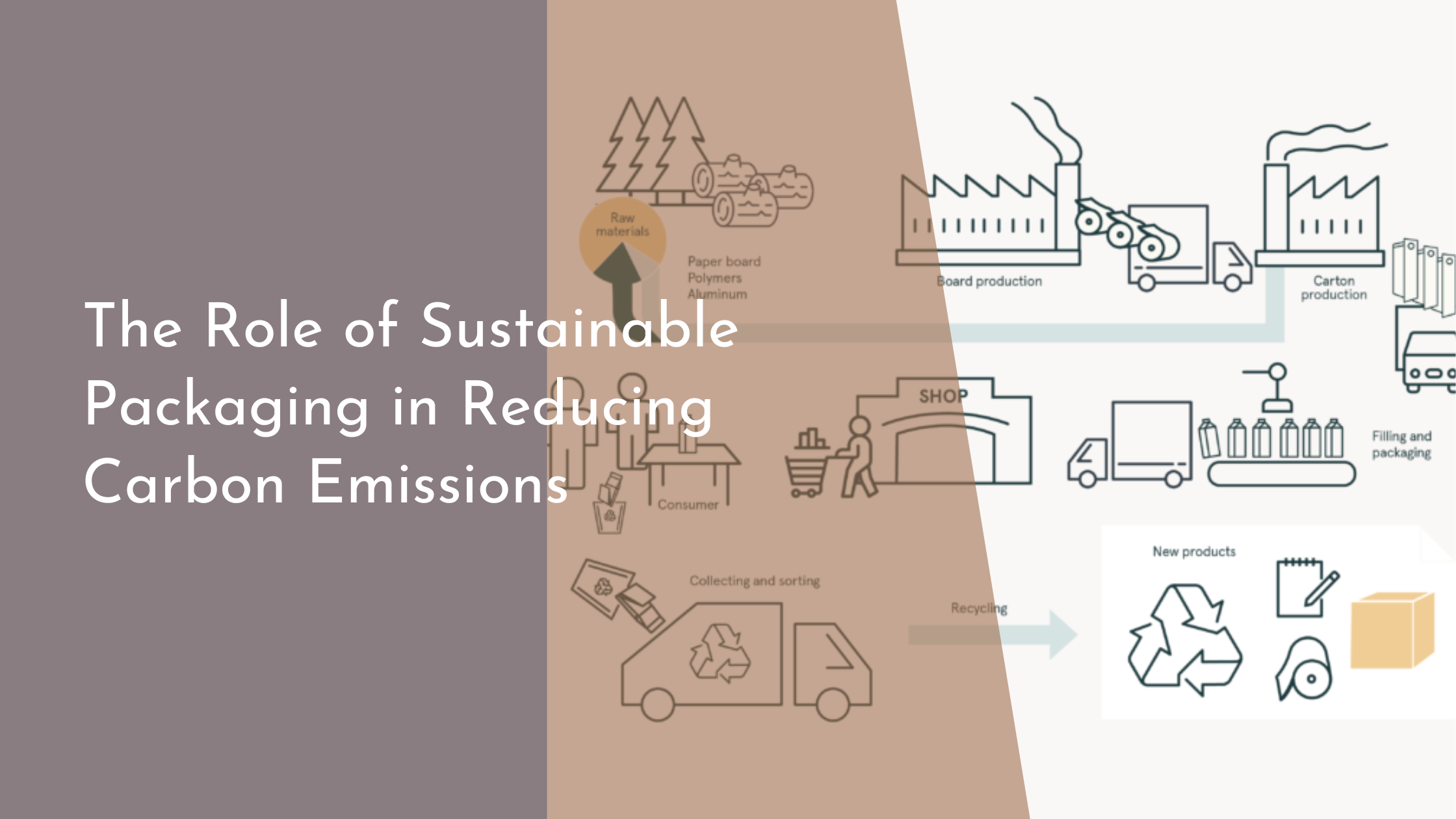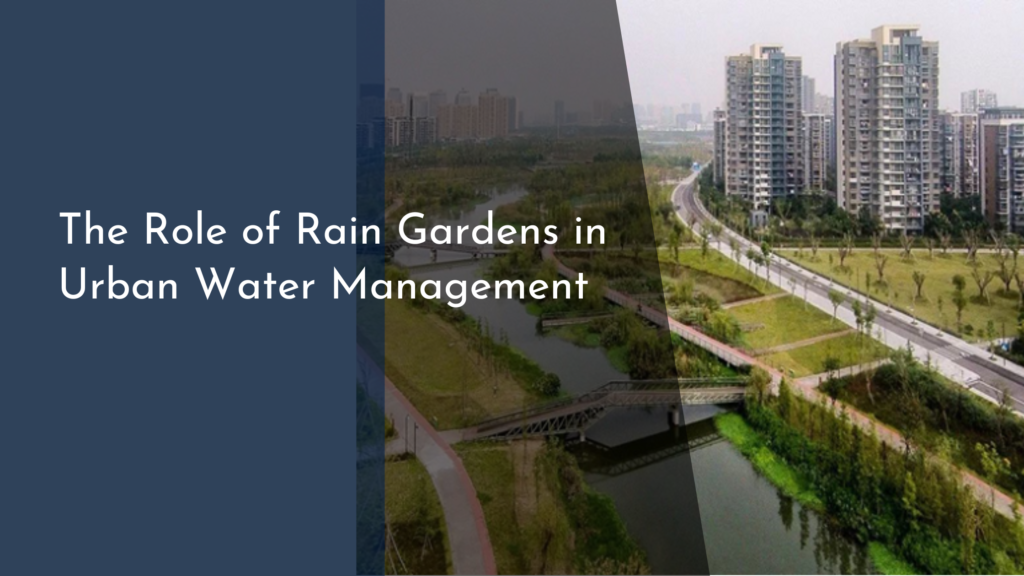The Role of Sustainable Packaging in Reducing Carbon Emissions
As global awareness of environmental issues grows, businesses and consumers alike are increasingly prioritizing sustainability. One of the key areas where significant improvements can be made is in packaging. Sustainable packaging offers a promising solution to reduce carbon emissions and mitigate environmental impact. This article explores the role of sustainable packaging in reducing carbon emissions and highlights the innovations driving this movement forward.
Understanding Sustainable Packaging Solutions
Sustainable packaging refers to the development and use of packaging solutions with minimal environmental impact. It takes into consideration the entire lifecycle of the packaging materials, from design and production to disposal and potential recycling. The goal is to create packaging that requires fewer resources, generates less waste, and emits lower levels of carbon throughout its lifecycle. By focusing on sustainability, companies can not only meet environmental regulations but also respond to the growing consumer demand for eco-friendly products.
There are several components that make packaging sustainable. Firstly, the materials used should be renewable, recycled, or biodegradable. Secondly, the production process should minimize energy consumption and waste. Finally, the packaging should be designed for reuse or recycling to extend its lifecycle and reduce its carbon footprint. These elements, when combined, form the foundation of sustainable packaging solutions that contribute significantly to carbon emission reduction.
The Environmental Impact of Traditional Packaging
Traditional packaging, predominantly made from plastic and non-biodegradable materials, has a significant environmental impact. The production of conventional packaging materials consumes vast amounts of fossil fuels, leading to high levels of carbon emissions. Moreover, once discarded, these materials often end up in landfills or oceans, where they persist for hundreds of years, releasing greenhouse gases as they slowly break down.
The carbon footprint of traditional packaging is substantial, as it generates emissions at each stage of its lifecycle. From the extraction of raw materials to the manufacturing processes and the eventual disposal, every step contributes to a high level of carbon emissions. Reducing reliance on conventional packaging is thus critical in the fight against climate change, making the transition to sustainable packaging not just beneficial but necessary for the environment.
Innovations Driving Sustainable Packaging Forward
A variety of innovations are propelling sustainable packaging to the forefront of environmental solutions. Biodegradable materials, such as those derived from cornstarch, are gaining popularity as an alternative to traditional plastics. These materials break down more readily in natural environments, minimizing the amount of waste that ends up in landfills and oceans. Furthermore, advancements in technology have enabled the development of plant-based plastics, which can significantly reduce carbon emissions during production.
Another exciting innovation is the use of edible packaging, which eliminates waste entirely. This approach uses food-grade materials to create packaging that can be safely consumed along with the product it encases. Innovations in recycling technologies are also making it easier to reprocess materials, reducing the need for virgin resources and lowering emissions. By embracing these innovative solutions, companies have the opportunity to lead the way in reducing carbon emissions and protecting the planet.
Conclusion: Embracing a Greener Future
Sustainable packaging offers a viable path toward reducing carbon emissions and preserving the environment for future generations. By understanding the impact of traditional packaging and embracing innovative solutions, we can make more informed choices that benefit both the planet and the economy. As technology continues to advance, and the demand for eco-friendly options grows, sustainable packaging will play a crucial role in shaping a greener, more sustainable future.
Ultimately, the shift to sustainable packaging is not just a trend but a necessary evolution in how we think about consumption and waste. By prioritizing sustainable practices, businesses can contribute to a healthier planet while meeting the demands of conscious consumers. Together, we can create a future where packaging not only protects the products it contains but also the world we live in.


